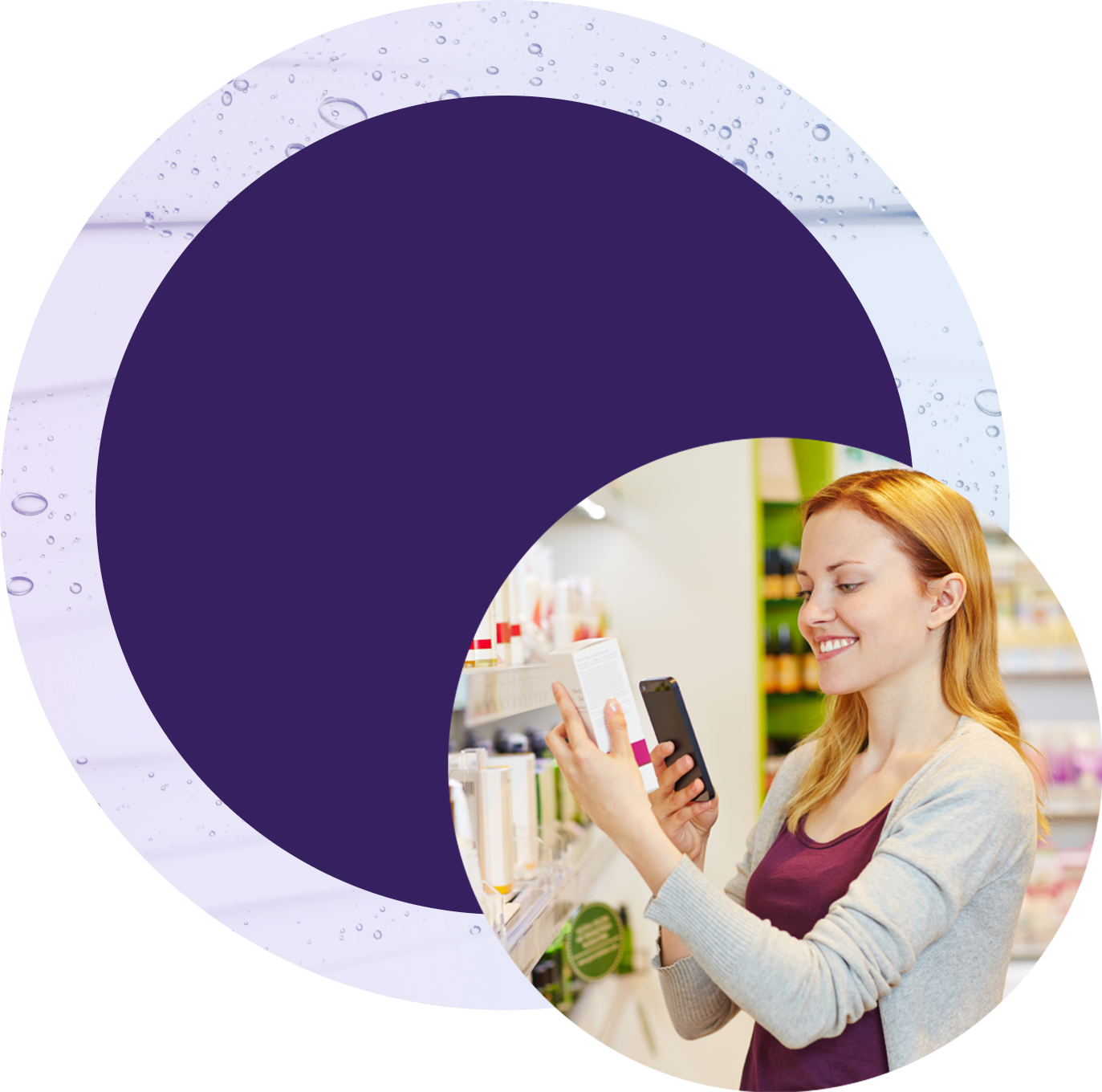Methodology
Product and Ingredient Data Sources
Toxicity Datasets & Product Ratings
INFO / METHODOLOGY / Toxicity Datasets & Product Ratings
EWG created a core, integrated database of health and environmental assessments for chemicals and chemical classes by pooling data from 15 databases and sources created by government agencies, industry panels, academic institutions or other credible bodies. EWG used these datasets to assess potential health and environmental hazards for cleaning product ingredients and evaluated how the toxicity information in these datasets should be applied. The toxicity data sources used were:
For many substances in EWG’s Guide to Healthy Cleaning, we supplemented information from these datasets with additional toxicity information collected from credible scientific sources and peer-reviewed research. EWG scientists reviewed each piece of manually entered information and determined how it could be applied to the appropriate substance. Finally, EWG staff constructed a dataset describing U.S. and foreign regulations as to the presence or concentration of specific chemicals of concern in cleaning products.
EWG staff cross-linked the chemicals in our ingredient database with the compounds in the toxicity datasets we compiled. These pairs form the basis for the ratings shown in EWG’s Guide to Healthy Cleaning.
For an initial estimate of the chemical pairings between these two groups of databases, we linked chemicals when names matched perfectly between data sources: when Chemical Abstract Service (CAS) numbers matched; when they were available from our in-house CAS database; or when strings of letters matched between ingredients. We then did manual reviews for many pairings to assess the validity of the match between an ingredient and a health or environmental assessment, storing data on hazards that apply only to a particular route of exposure, for instance, for use in the scoring. Where appropriate, toxicity assessments were linked to chemical groups, allowing the assessments to be extended to each member of the group.
Using the extensive data collected and organized on product attributes, ingredients and toxicity, EWG created a scoring system to give consumers the best information available to make informed, healthy choices. The system analyzes toxicity and hazard information relevant to human health and the environment and gives cleaners a letter grade corresponding to how well or poorly they rate. First, available information on the toxicity or hazards of substances in cleaning products was collected and organized. In this process, EWG considered the credibility of the data source, the comprehensiveness of the information and the severity of the health and environmental effects associated with the substances under evaluation. This information was combined using EWG-developed scoring algorithms to produce a hazard score for each ingredient in the database. Finally, the scores for each substance in a product were combined to give an overall ingredient hazard score for that cleaner.
A final score for a product was then calculated. First, the overall ingredient hazard score was combined with a “disclosure” score. Disclosure is the amount of information the manufacturer provides to consumers about the ingredients in a product. A poor disclosure score indicates that the company provides little to no information on what substances are in a product; a good score indicates that the company provides more complete and specific information. EWG scientists developed specific criteria and algorithms to generate the disclosure score. After the ingredient hazard and disclosure scores were combined, additional modifications were sometimes made to the score based on specific criteria. For example, a product with a very low or high pH (and therefore corrosive), or that violated a regulation, received additional demerits.
The final product score for a cleaner was then translated into a letter grade. A letter grade of “A” indicates very low hazard to health and the environment with robust disclosure of ingredients, while a grade of “F” signifies that the product is highly hazardous or provides little to no ingredient disclosure. A “C” score indicates an average cleaner that poses no overt hazards and provides some disclosure of ingredients. A complete technical description of the structure, definitions, and algorithms used by the EWG scoring system follows.

Find personal care, cleaning, and food products on the EWG Healthy Living app.
DOWNLOAD THE APP